17 Signs A Restaurant Isn’t Worth Your Time Or Money
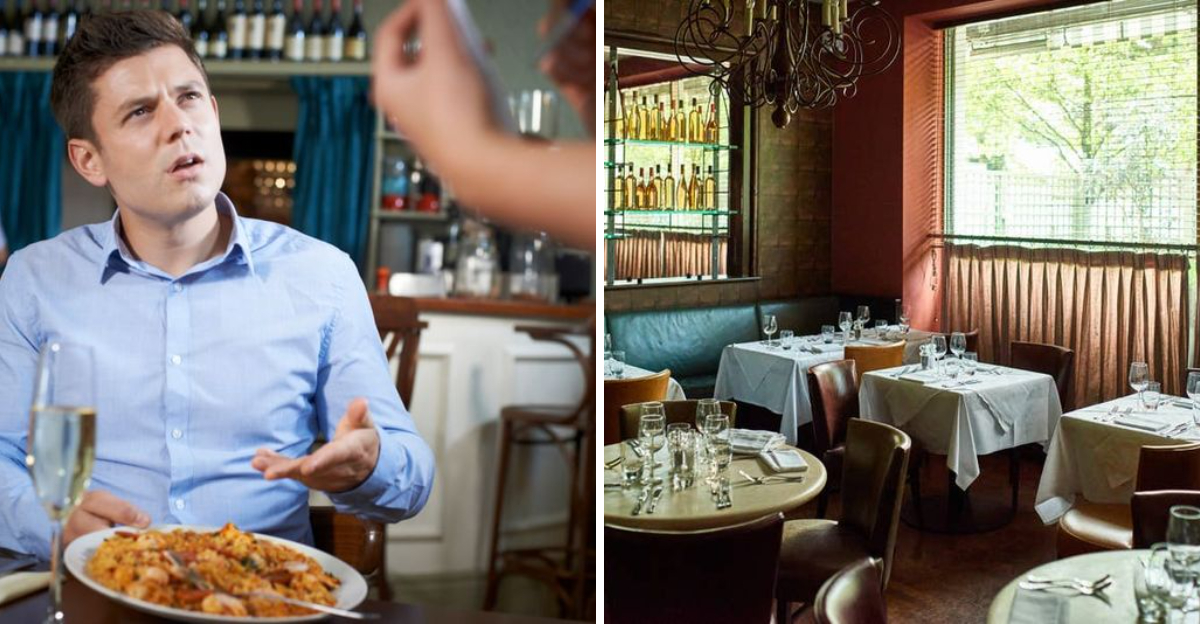
Here are 17 signs that a restaurant may not be worth your time—or your money. Whether you’re considering a new spot or already seated and feeling unsure, these red flags can help you steer clear of a disappointing dining experience.
1. Dirty or Sticky Menus

When you first sit down, the menu tells you a lot more than just what you can eat. If the menus are stained or sticky, it’s a glaring sign that cleanliness and attention to detail might be lacking throughout the establishment. Imagine flipping through pages that feel grimy to the touch—it’s not exactly appetizing. This could reflect poorly not just on the dining area, but also on food safety standards in the kitchen.
2. Empty Dining Room During Peak Hours
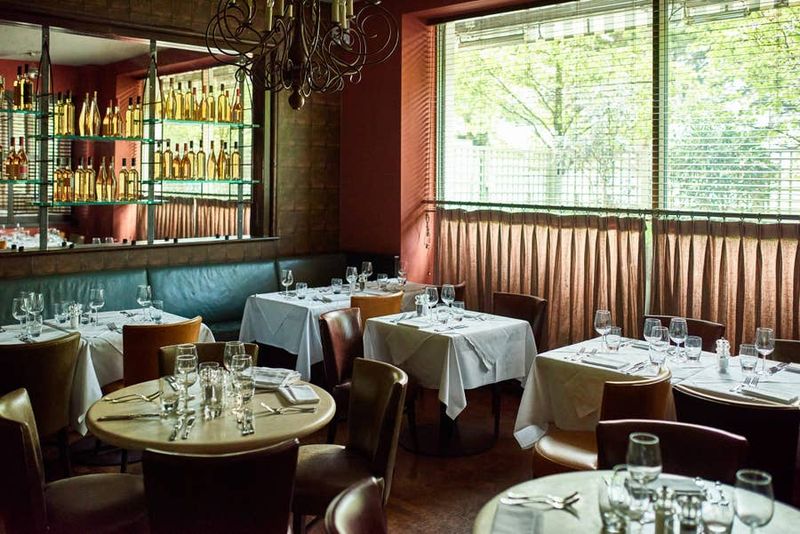
Picture it’s dinner time, yet not a soul is in sight. An empty dining room during peak hours could mean locals know something you don’t. Whether it’s due to poor service, bad food, or hygiene issues, an empty room during lunch or dinner time should raise eyebrows. Locals might be avoiding it for good reasons, and it’s wise to follow suit.
3. A Huge, Unfocused Menu
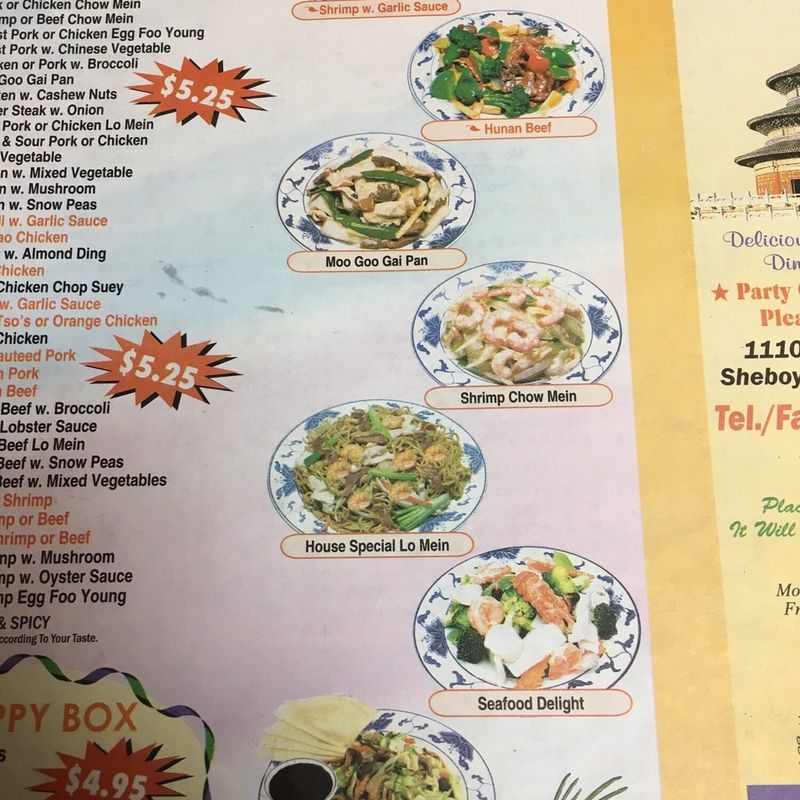
A menu that’s all over the place usually means the kitchen is too. When you open a menu and see pages of unrelated dishes like sushi, pasta, burgers, and tacos, it’s a red flag. The chances are high that nothing is done particularly well. Instead of mastering a few signature dishes, the restaurant might be stretching itself too thin, leading to mediocre meals.
4. Sticky Tables or Dirty Floors
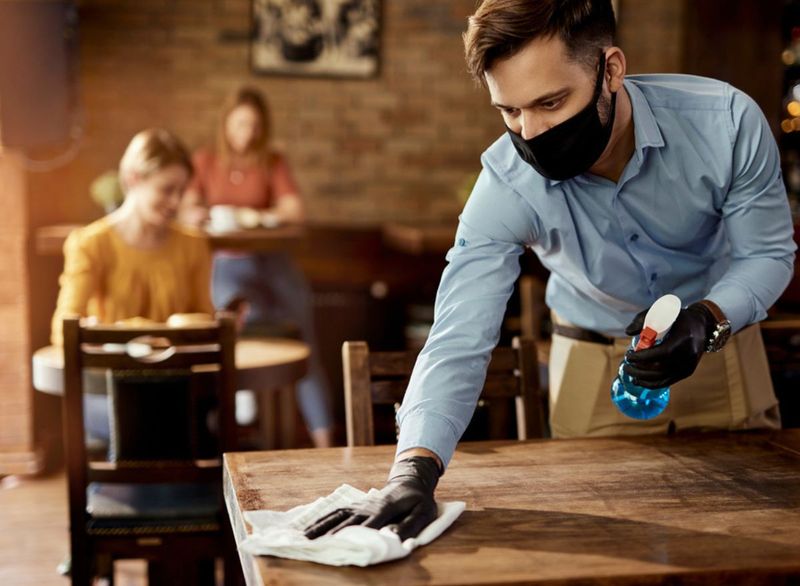
Imagine sitting down only to find your elbows sticking to the table. Grime underfoot or on your table signals neglect and raises questions about the kitchen’s standards. Sticky tables and dirty floors are signs that shine a spotlight on poor hygiene. If the dining area is neglected, one can only wonder about the state of the unseen kitchen.
5. Unkempt Restrooms
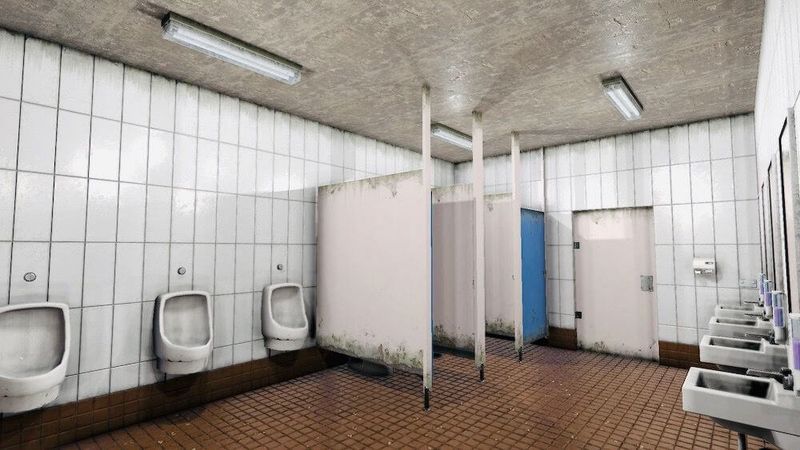
Restrooms can be a litmus test for a restaurant’s overall cleanliness. If a bathroom is dirty, it often reflects a disregard for sanitation throughout the restaurant, including the kitchen. Imagine walking into a restroom with a mess of paper towels and an unclean sink—it doesn’t bode well for the restaurant’s hygiene standards. It’s best to take your appetite elsewhere.
6. Overwhelming Smell of Cleaning Chemicals
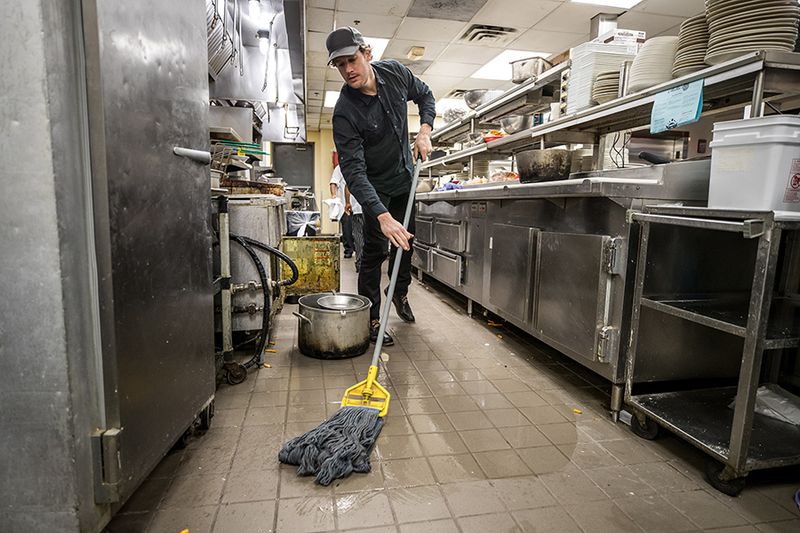
While a clean restaurant is important, an overpowering smell of cleaning chemicals can be a double-edged sword. Strong chemical odors in the dining area may be masking less pleasant scents or indicate rushed cleaning practices. If the air is filled with the tang of bleach or ammonia, it could mean there’s something less savory being swept under the rug.
7. Staff Looks Miserable or Untrained

Your dining experience is heavily influenced by the staff’s demeanor. If servers seem unhappy, untrained, or inattentive, it’s likely customer experience is not a priority. Imagine being served by someone who seems like they’d rather be anywhere else. It reflects poor management and a lack of investment in employee satisfaction, which can trickle down to your meal.
8. Disorganized or Slow Host Stand
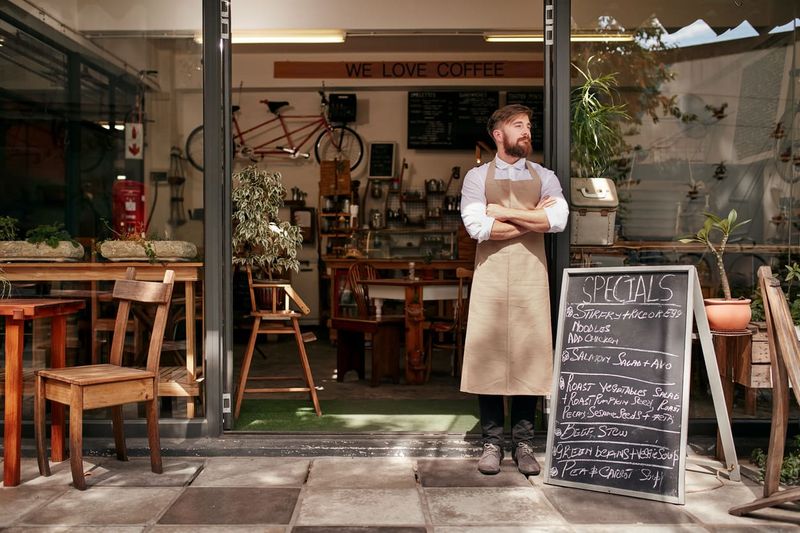
Waiting too long to be acknowledged or seated, especially when the place isn’t full, can indicate poor management. A disorganized or slow host stand might be a sign that things behind the scenes are even worse. Imagine standing in a line with a host scrambling to find a table—it’s frustrating and sets a poor tone for what’s to come.
9. Visible Health Code Violations
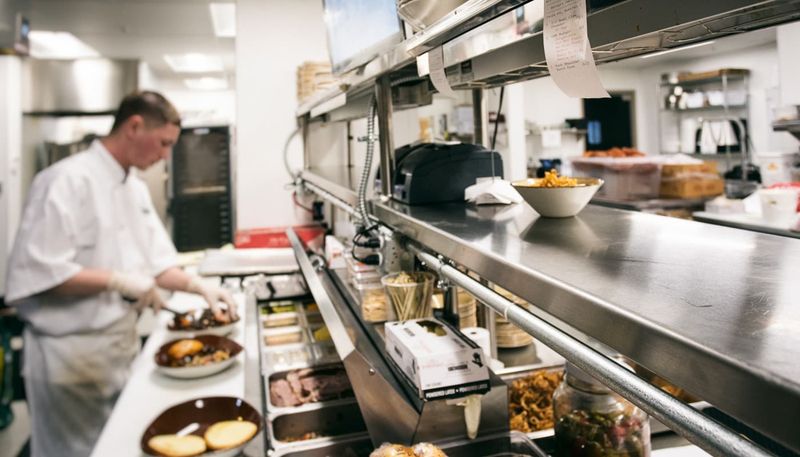
Nothing kills appetite faster than visible health code violations. Things like uncovered food, improper glove use, or pests are red flags for serious hygiene issues. Imagine catching a glimpse of a kitchen with food left out in the open or staff handling food without gloves. It’s a clear sign that safety protocols aren’t being followed, and it’s time to leave.
10. No Clear Prices on Specials
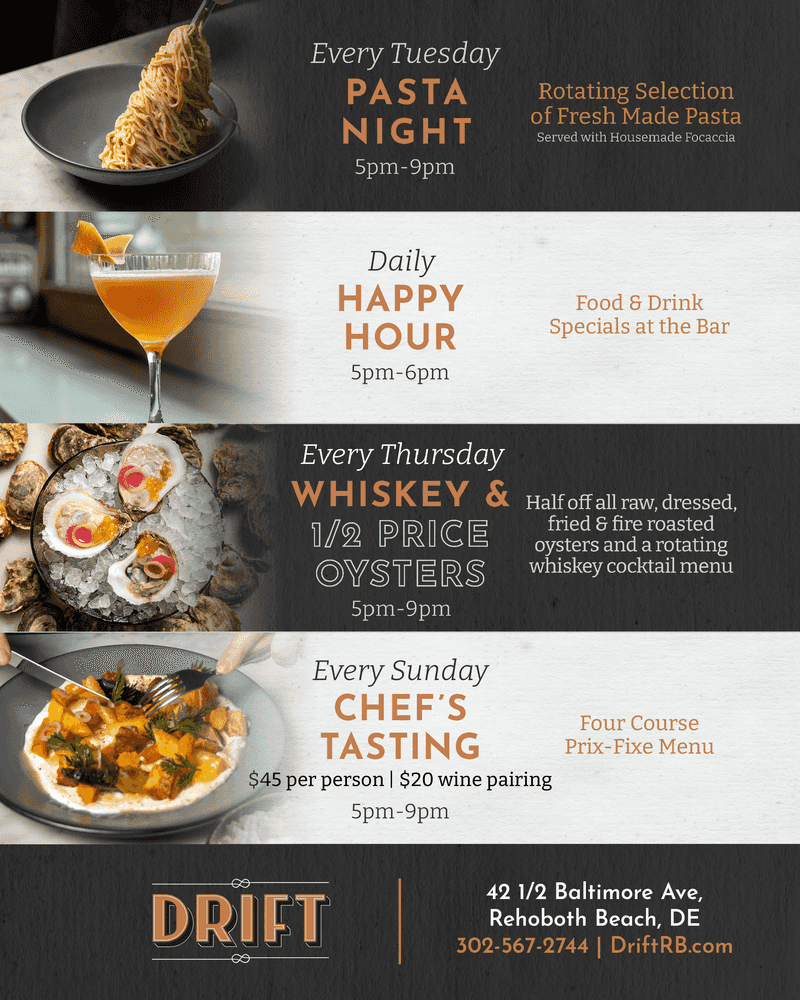
If you’re presented with specials but no clear prices, you might be in for an unpleasant surprise when the bill arrives. Servers who don’t mention prices or menus that lack this information might be trying to upsell without transparency. Imagine ordering a special and later realizing it’s double what you expected. It’s a tactic that can leave diners feeling duped.
11. Items “86’d” Too Frequently
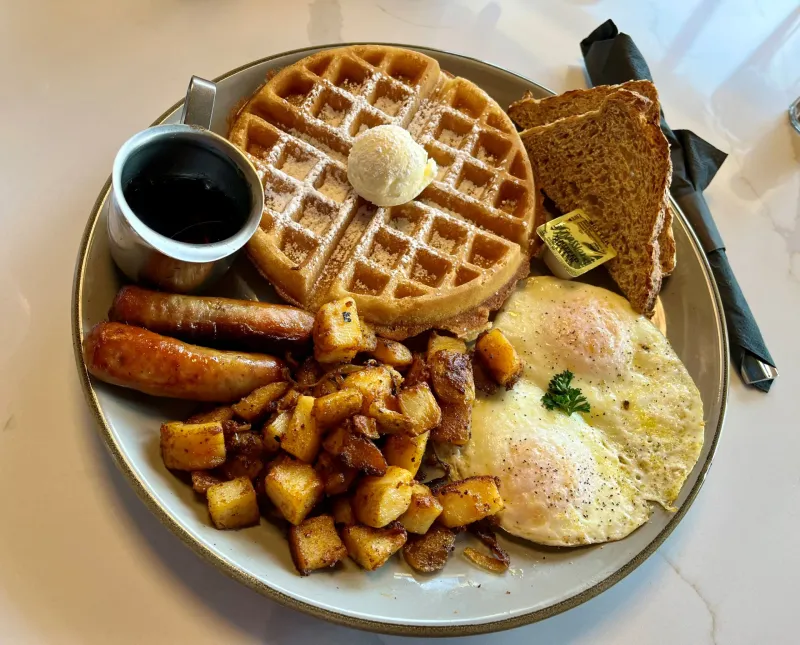
Hearing that an item is “86’d” can be a regular occurrence in busy spots, but if it happens too frequently, it may indicate poor planning or freshness issues. Imagine craving a dish only to hear, “we’re out,” repeatedly. It suggests a lack of foresight or inventory management, which can be frustrating and leave you with limited options.
12. Prepackaged or Frozen Everything

Dining out should offer something more than what you can microwave at home. Visible use of mass-produced sauces, frozen desserts, or microwave meals often points to a lack of care or culinary skill. Imagine spotting staff unloading prepackaged meals—it indicates the restaurant might not prioritize freshness or quality, reducing the dining experience to something subpar.
13. Servers Push the Most Expensive Dishes Hard

When servers push the priciest dishes aggressively, it’s a sign the restaurant prioritizes profit over guest satisfaction. Imagine a server continuously steering you towards the most expensive steak or seafood. It can create a pressured environment and tarnish the experience, as it feels less about your comfort and more about boosting the check total.
14. Flies or Gnats Around the Table or Bar

Few things are more off-putting than persistent pests while you’re trying to enjoy a meal. Flies or gnats around the table or bar are not only irritating—they’re a sign of poor sanitation. Imagine trying to eat while swatting bugs away—it’s not just annoying but raises concerns about overall cleanliness and hygiene practices of the establishment.
15. Overuse of Loud Music or TV Screens
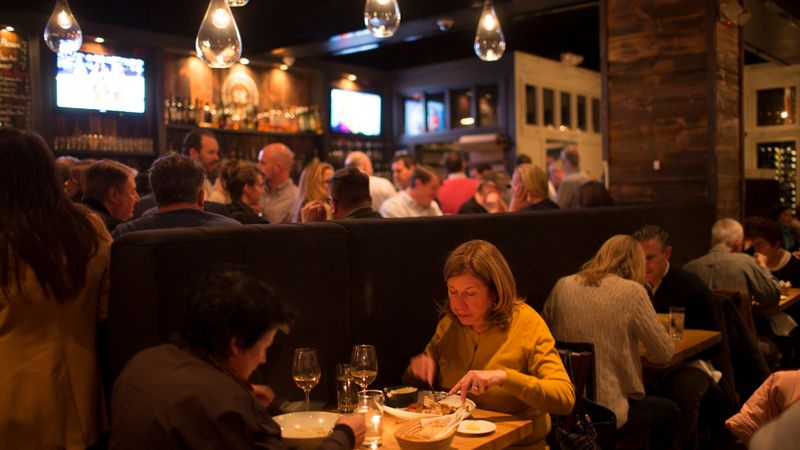
Blasting music or constant television distractions can indicate the restaurant is compensating for a lack of atmosphere or food quality. Imagine trying to converse while competing with loud tunes or flickering screens—it’s exhausting. This sensory overload might mean the focus isn’t on a quality dining experience but rather on keeping you distracted.
16. Inconsistent Reviews Across Platforms
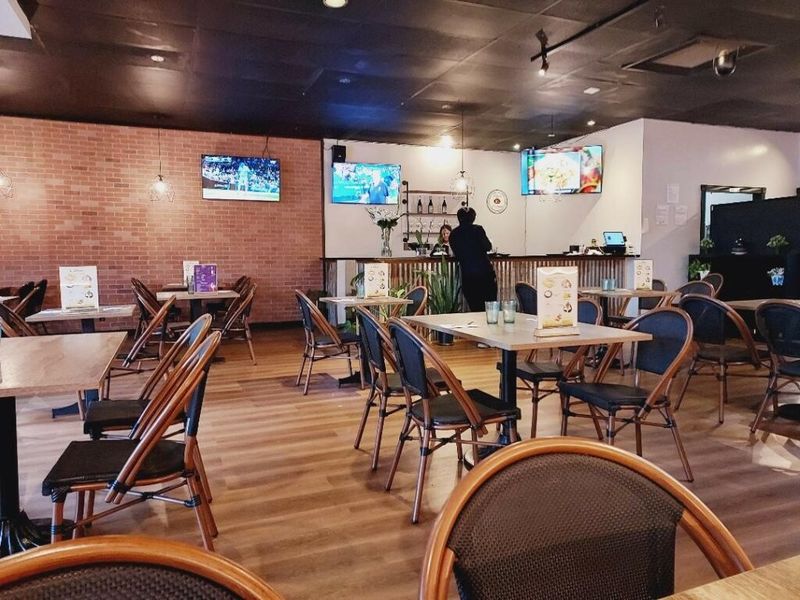
If you find a place with five stars on one site and two on another, proceed with caution. Inconsistent reviews across platforms might suggest fake reviews or inconsistent experiences. Imagine reading glowing praises online, only to have a disappointing visit. It’s a sign to dig deeper or ask locals for their honest opinions before dining.
17. Food Arrives Too Quickly or Too Slowly

Timing is everything, especially with food. Meals that arrive suspiciously fast might be reheated, while those taking too long with no explanation indicate an overwhelmed or disorganized kitchen. Imagine your meal showing up seconds after ordering or taking an eternity—it disrupts the dining flow and raises questions about preparation quality.
